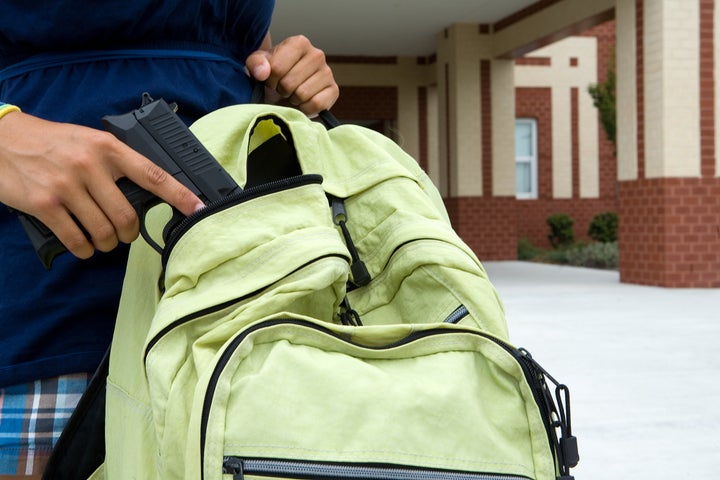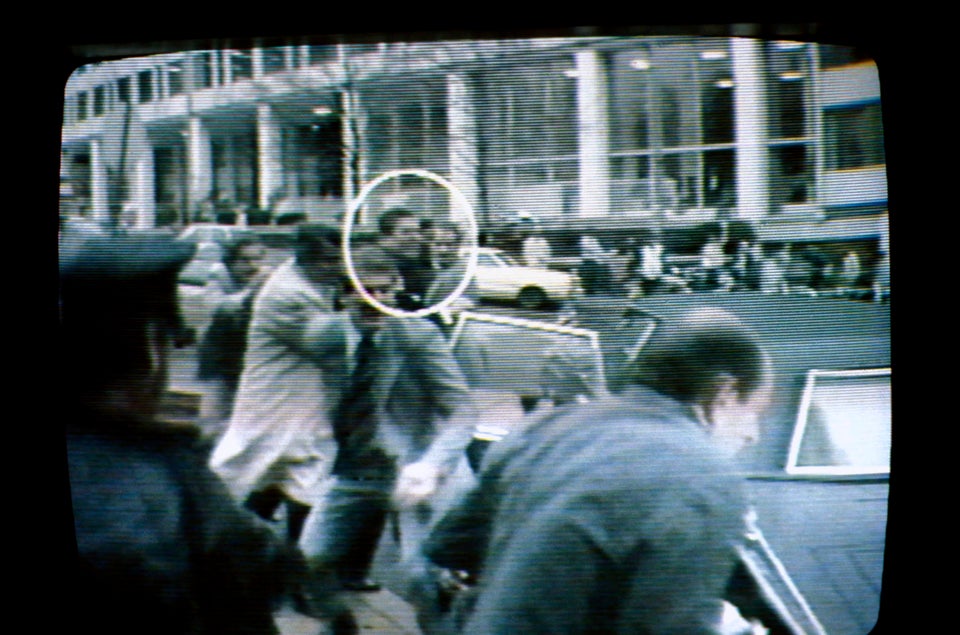
Episodes of gun violence at America’s schools are both heartbreaking and disturbingly frequent, but the circumstances that inspire them remain elusive. A new Northwestern University study comes up with at least a partial answer.
It finds such incidents are more common during periods of high unemployment. During an economic downturn, the assumption that a diploma leads to a good job is revealed as false (at least for the moment), leading to frustration, disillusionment, and, sometimes, violence.
“In the last 25 years, there have been two periods of elevated gun violence at schools in the U.S., and the timing of such periods significantly correlates with increased economic insecurity,” writes a research team led by data scientists Adam Pah and Luis Amaral and sociologist John Hagan. “We posit that gun violence at schools is a response, in part, to the breakdown in the expectation that sustained participation in the educational system will improve economic opportunities and outcomes.”
The study, published in the journal Nature Human Behavior, features a newly build data set that identified 381 incidents of gun violence at American schools (all the way from elementary schools to colleges and universities). The list “includes all instances of gun usage, whether someone dies in the course of events or not” between 1990 and 2013.
The researchers found higher rates of gun violence at times of high unemployment. This correlation was found whether unemployment was measured at the national, regional, or city level; it was also found when they looked at two other indicators of economic distress, consumer confidence and the home foreclosure rate.
“The unemployment rate is particularly of interest,” they write, “since it is the single aggregate statistic that captures the difficulties faced by older students in the school-to-work transition, or by students’ families.”
Keep in mind that, for the most part, we’re not talking about mass shootings or gang violence ― which, together, make up a small fraction of gun-related school violence. According to the data, the majority of such incidents involve the targeting of a specific person ― perhaps a former teacher or classmate.
The transition between school and working life is a time of “increasing fragility,” the researchers write. In times of economic distress, these high stress levels are exacerbated, heightening the likelihood that a depressed, angry graduate or dropout will take out his frustrations on his alma mater — with a gun.
